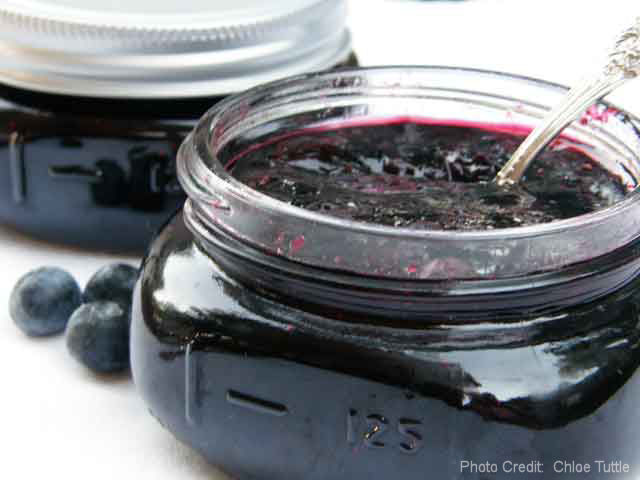Okay, while blueberries are fantastic, we may not want to exchange blackberries for blueberries in our gardens (I certainly wouldn't), you should consider planting some as well. Blueberries are easier to grow, easier to pick, and is extremely delicious and nutritious. Blueberries are high in anti-oxidants, which can help prevent cancer.
Blueberries can be found in many varieties, but there are wild blueberries that are native to the U.S., if you're trying to keep things local.
When planting blueberries, you should remember that while some varieties are partially self-pollinating, it's generally a good idea to plant two or more different varieties that produce in succession. That ensures a larger crop and a longer growing season.
 |
| from logantrd.com |
The Rabbiteye Blueberry is native to the southeast.
You don't have to plant them in the ground. Blueberries can live, and produce, while in pots--so if you're short on space, or don't have a lawn, grab a couple of medium to large pots and get 'em planted.
You need to know, blueberries won't bloom if the soil isn't acidic enough. You don't want to load it with nitrogen. Instead, add some peat moss and loads of organic matter to the soil. This will help the plants give you the berries you crave.
 |
| from chloesblog.bigmill.com |
Here are some of the things you can make with blueberries (once you've turned purple from eating so many off the bush!):
syrups, jams, pies, cobblers, muffins, smoothies, and home-made breads!
For an in-depth look at blueberries, check out
this article by
Agricultural Research Service from the USDA.





